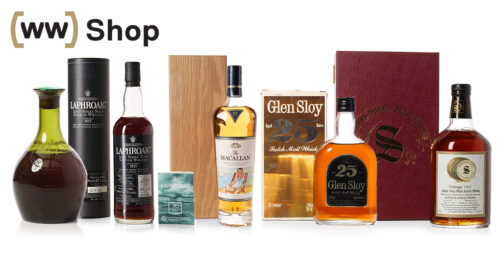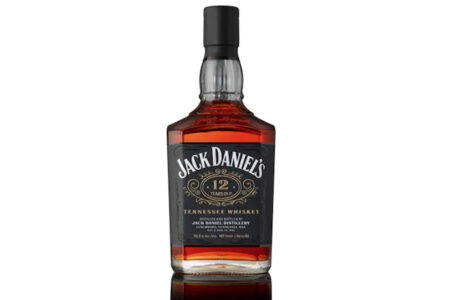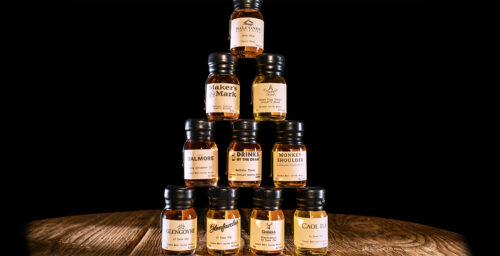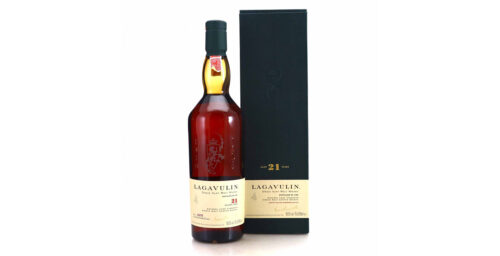The old saw, “The more things change, the more they stay the same,” didn’t apply to American whiskey in 2021. This year saw unprecedented transformation in new products, unique marketing, fundraising, distillery tourism growth, etc. In these boom times for brown booze, expect more evolution as distilleries figure out what’s next, what to make, who wants it and where in the wide, wide world of whiskey to send it all.
Many trends seen last year were great, while … hmm … I’m hoping others could be abandoned on the smoldering heap of 2021. Whiskey writers don’t expect every new bottle will be great, but we’re still shocked by those that are horrible. And that the customer-to-customer secondary market is driving actual retail prices is nothing short of baffling. Unfortunately, that driving force in American whiskey shows no sign of weakening.
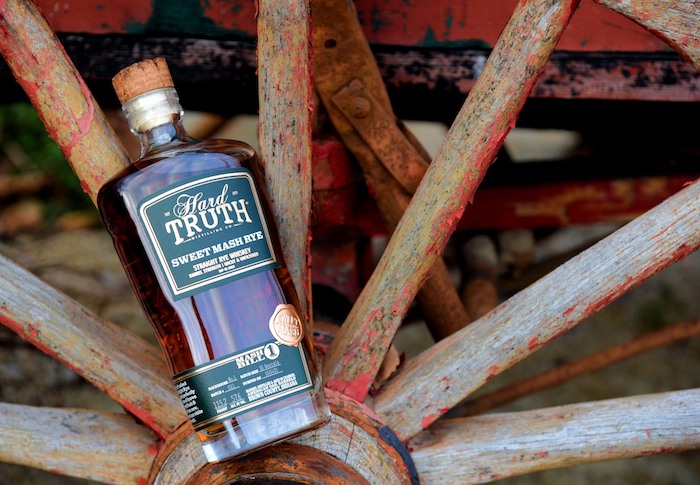
Bring more of it into 2022: Great craft whiskey: It’s taken awhile, but many craft distilleries (and I mean the small ones) are finally making whiskey on par with the nation’s legendary distillers. To make great whiskey takes time, talent and lots of money to invest in infrastructure, people, packaging and marketing. I toast those with the grit to do all that and settle for nothing less than the best.
Among my favorite craft distilleries and releases: Spirits of French Lick (French Lick, Ind., Lee Sinclair Iconoclast Bourbon and Solomon Scott Rye), Laws Whiskey House (Denver, Origins Four Grain Bourbon), Frey Ranch Distillery (Fallon, Nev. Straight Rye Whiskey Bottled-In-Bond), and Hard Truth Distillery (Nashville, Ind., Sweet Mash Rye Whiskey).
Confine it to 2021: Ridiculous retail prices. I have zero problem with whiskey drinkers selling directly to each other. The booze has already been taxed enough. But when secondary market prices send retail skyward, the fun starts to dry up.
As a free market fan, I support retailers’ legal right to price goods however they want, but I liked whiskey shopping when it was more egalitarian. Fortunately, there’s still a lot of great whiskey in the $25 range.
Bring more of it into 2022: Outstanding visitor experiences: COVID shutdowns allowed many distilleries to improve their visitor experiences. Some did facelifts, others improved their bars, others expanded gift shop, and others still, like Jim Beam and Heaven Hill, just blew the doors off.
Beam’s experience included the renaming of the campus to the James B. Beam Distilling Co., a complete overhaul of its visitor center, and a brand-new and excellent restaurant dubbed The Kitchen Table. Heaven Hill renamed its facility the Heaven Hill Bourbon Experience, added a deep and engaging history component, a new bar and a restaurant (the latter of which will open in 2022).
And speaking of complete distillery experiences, keep watch of Log Still Distillery. Its Gethsemane, Ky., distillery and restaurant are far from complete, but its tasting room and cocktail bar is open, as are a large amphitheater and overnight accommodations (found under the Dant Crossing brand).
Confine it to 2021: Slapdick Agave Whiskey: Believe it or not, I’ve drunk worse things than this. Why I and many others never want to see this again centers on its owner’s misogynistic behavior. If you don’t know the story, just google Slapdick + Jason Brown, and have a drink ready for reading it.
Confine it to 2021: Celebrity-backed whiskeys: Have any of these ever been as good as what distilleries make intentionally decade after decade? Most of these “celebottles” are made from bulk whiskey that’s 1. well past its prime, 2. blended with one, two and sometimes three other whiskeys, or 3. secondary-cask finished in hopes of creating a novel result. As Dolly Parton famously said, “It takes a lot of money to look this cheap.” And it takes a lot of work beyond normal distilling and aging to make a celebrity-backed whiskey taste so meh.
No, I’ve not tried them all, but based on those I tasted, I’m in no hurry to taste more. There might be a few that actually taste good, but knowing they’ll come with a celebrity-ego-swollen price means a hard pass for me. That these things succeed at all proves the world isn’t short on suckers.
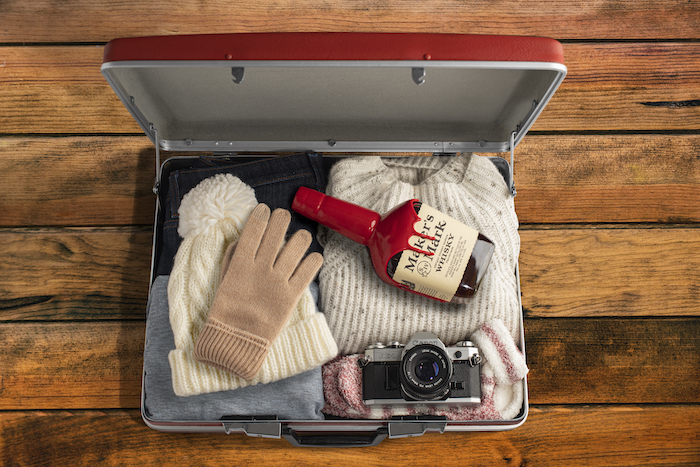
Bring more of it into 2022: Maker’s Mark’s Whisky Flights program: Proving it has one of the cleverest marketing teams in the industry, Maker’s Mark created its Whisky Flights program to reimburse airline passengers for the cost of luggage checked for the purpose of bringing its bourbon home for the holidays. No word yet on how many signed up for the program, but Maker’s said it would spend $50,000 on the promotion. That’s a lot of bottled, bagged and tagged booze!
Confine it to 2021: Young cask-strength whiskeys: Hoping to hook buyers who like bold whiskey, a number of small distilleries continue releasing painfully young bourbon and rye straight from the barrel. The results aren’t good: harsh, hot, immature and lacking complexity. Surprisingly, they come with a high price, as if that justifies the contents of those bottles. Even more shocking, some people buy them.
Bring more of it into 2022: Home cocktailing: Stuck at home for nearly a year with little more than family and booze, many Americans taught themselves to make cocktails. When they weren’t trying their hands at making bread or crocheting, they learned how easy it is to make a delicious, three-ingredient drinks. They now know that simple syrup really is simple to make, and that there’s no end to bitters options on liquor store shelves. Some even did the math and realized how affordable good cocktails made at home are compared to those stirred at bars and restaurants. (Hint: Pay the mixologists to make complicated drinks. Those are still worth the cost.)
Confine it to 2021: Crappy cask finishes: Never in my career have I received so many press releases announcing new whiskeys finished in wine, beer, cider, rum, tequila, etc., casks. I’ve tasted enough, in fact, to predict, with confidence, which finishes will taste good and which won’t—based on the release alone. More often than not, I’m right.
Guessing bad cask finishes by news alerts alone goes like this: Young Distillery + Young (often sourced) Whiskey + Cask of Unnamed Origin = Disappointment. The labels of the worst offenders bear contrived names and dubious stories. The truly damnable bottles are marketed as rare treasures and priced at $100 and higher. If these whiskeys need cask finishing, they probably aren’t good to begin with.
Trust me, I’m not against all finished whiskeys. Angel’s Envy is arguably the finest example of the subcategory (that Mizunara barrel finish was super cool.) I also liked Bardstown Bourbon Co.’s first Phifer-Pavitt finished whiskey and its cognac-cask-finished whiskey, among others. The category is fine, but some entrants should step aside.
Bring more of it into 2022: State-to-state reciprocation: If you envy my location in the heart of Bourbon Country, you won’t envy the fact that fewer than 10 U.S. states have reciprocal liquor sales agreements with Kentucky. I belong to a bourbon group headquartered in Missouri. So every time that group does a barrel pick tied to a retailer there, I either have to drive there to get it or have it shipped to a friend in a reciprocal state. Whose fault is all this? Mostly Kentucky’s.
Confine it to 2021: Distilleries calling agave spirits tequila. Have you been to a distillery tasting and heard guides call the house’s agave spirits “tequila”? I have twice. Outrage worthy? No, but it’s hypocritical when all distilleries know that bourbon must be made in the United States. Same for tequila: It’s made only in Mexico. Show a little respect, people.
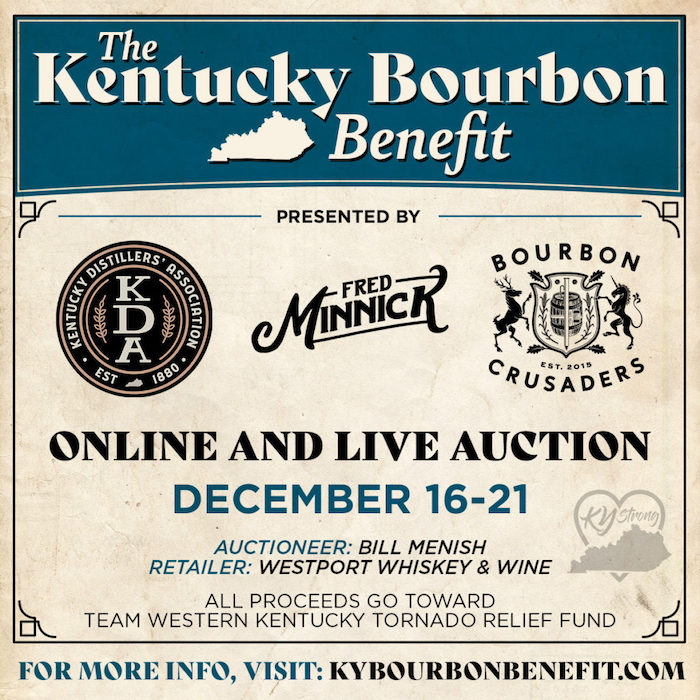
Bring more of it into 2022: Whiskey-centric fundraisers: Several Western Kentucky towns were ravaged by tornados on December 10. Seventy-six people died in those storms, and thousands lost their homes and businesses.
Not surprisingly, it didn’t take long before a major whiskey auction was created to sell bottles to benefit victims. The Kentucky Distillers’ Association teamed up with Bourbon Crusaders (a longstanding charitable group) and whiskey writer Fred Minnick to create The Kentucky Bourbon Benefit.
The event rolled out in late December and ran online for several days. When it ended, TKBB had raised $3.6 million for victims, and Kentucky distilleries pitched in an additional $1 million.
If you don’t know, there are hundreds of whiskey-centric charitable organizations across the U.S. that do this year-round. Support these groups and their causes when you can.
Confine it to 2021: Small barrels: I’ve beaten this drum before, but because I still hear distilleries claiming 5-, 10- and 15-gallon barrels “age faster,” I’ll say it again. No, they don’t. They do extract color and tannin faster, which only means you get darker and more bitter whiskey faster.
Want to compete on quality with the bigger players? Use bigger barrels. Aging is where the magic happens in whiskey making, and I’ve yet to taste great whiskey aged exclusively in small barrels.

